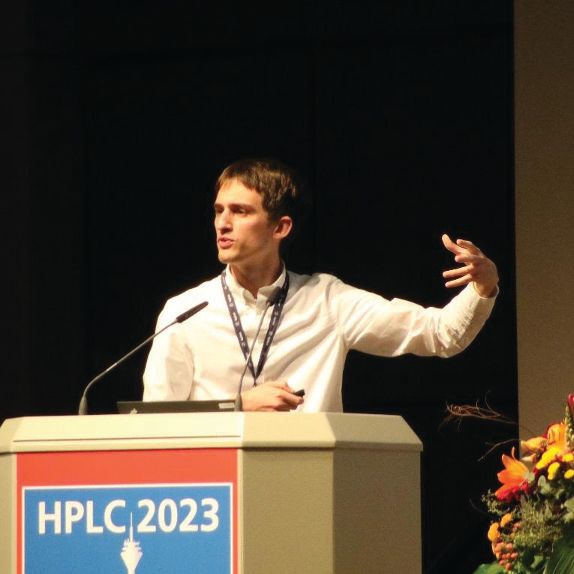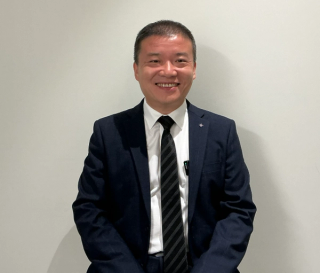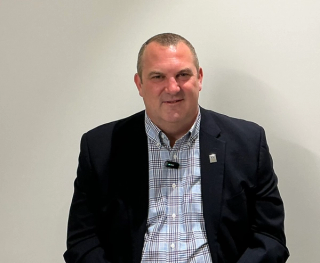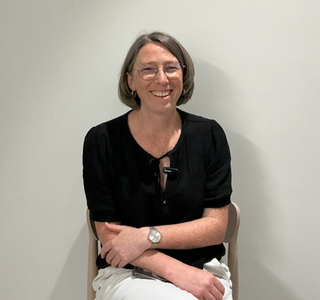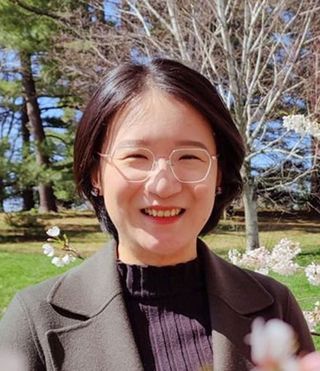
LCGC Interviews
Latest News
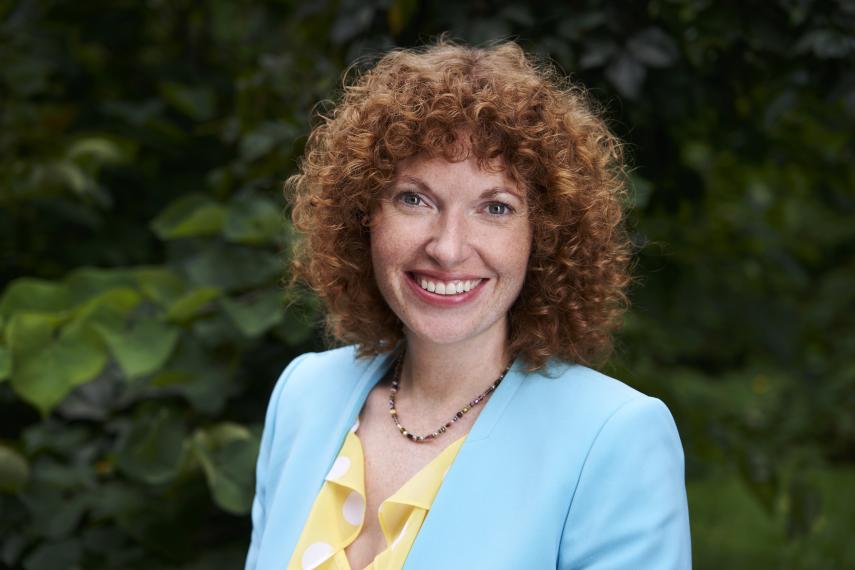
Latest Videos

More News

The 54th International Symposium on High Performance Liquid Phase Separations and Related Techniques (HPLC 2025) will be held from Sunday through Thursday, June 15–19 2025, in Bruges, Belgium. LCGC International spoke to the Scientific Committee to find out what’s in store.

In the first section of our interview with Jennifer Geddes-McAlister of the University of Guelph, she discusses her feelings on winning the ASMS 2025 Diversity, Equity, Inclusion and Accessibility (DEIA) Mentorship Award.

The potential of skin-based diagnostics using UHPLC–IMS-HRMS to offer safe, cost-effective, and field-friendly solutions for TB screening is highlighted.

Elia Psillakis from the Technical University of Crete, Greece, and winner of this year’s Silver Jubilee Award from the Chromatographic Society, which will be presented at HPLC 2025, gives an update on current initiatives in green analytical chemistry.

In the final moments of our interview with Christian Bleiholder of Florida State University, he discusses the mentors from his early scientific career and imparts advice to future mass spectrometrists.

Here is some of the most popular content posted on LCGC International this week.

In the second section of our interview with Christian Bleiholder of Florida State University, he discusses the work he and his undergraduates are working on in the Bleiholder Laboratory.

We recently interviewed Emma Guiberson, winner of the ASMS 2025 Research at PUI Award, about her research, professional background, and what she wishes to impart to the next generation of mass spectrometrists.

In the first section of our interview with Christian Bleiholder of Florida State University, he discusses his award-winning research that earned him the ASMS 2025 Ron Hites Awared.

Here is some of the most popular content posted on LCGC International this week.
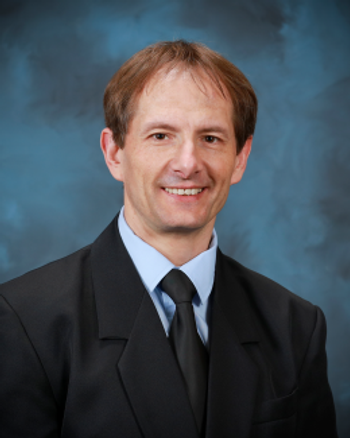
In the final section of our interview with Vilmos Kertesz of Oak Ridge National Laboratory, he imparts the most important lessons he would like future generations of scientists to learn.

In the penultimate section of our interview with Vilmos Kertesz of Oak Ridge National Laboratory, he reflects on the people who guided him throughout his scientific career.

In the third part of our interview with Vilmos Kertesz of Oak Ridge National Laboratory, he discusses his time creating new liquid extractions and his feelings on seeing his work used around the world.

In the second part of our interview with Vilmos Kertesz of Oak Ridge National Laboratory, he discusses the most notable aspects of his previous research efforts.

In the first part of our interview with Vilmos Kertesz of Oak Ridge National Laboratory, he reflects on his winning the 2025 Al Yergey MS Scientist Award and previews what his awards lecture will discuss.

In the final part of our interview with Michael Shortreed, he shares the most important lessons he would like the next generation of mass spectrometrists to learn.

In the second part of our interview with Michael Shortreed, he reflects on how his work is used in laboratories worldwide and discusses those who mentored him throughout life.

In the first part of our interview with Michael Shortreed, we discuss his winning the Al Yergey MS Scientist Award and learn about his research on computational methods.

Best of the Week: Future of Green Chromatography, BASF and Mingyang Collaboration, Cannabis Analysis
Here is some of the most popular content posted on LCGC International this week.

LCGC International spoke to Adrián de la Fuente and Silvia Valverde Bastardo from the University of Valladolid, Spain, about the development of a miniaturized headspace solid-phase microextraction gas chromatography–quadrupole time-of-flight mass spectrometry (HS-SPME-GC–QTOF-MS) method for the analysis of biogenic volatile organic compounds (BVOCs) emitted by native Spanish trees.

Here is some of the most popular content posted on LCGC International this week.

A recent roundtable discussion featuring Aloka Srinivasan of Raaha, Mayank Bhanti of the United States Pharmacopeia (USP), and Amber Burch of Purisys discussed the challenges surrounding nitrosamine analysis in pharmaceuticals.

In the second part of our conversation with Silvia Radenkovic, she shares insights into her involvement in scientific organizations and offers advice for young scientists looking to engage more in scientific organizations.

Here is some of the most popular content posted on LCGC International this week.

In the final part of this interview, Ralph Mead and his group at the University of North Carolina, Wilmington, discuss the biggest challenges in mitigating the effects of PFAS right now. Here’s the final part of our conversation with the Mead Group at UNC Wilmington.


